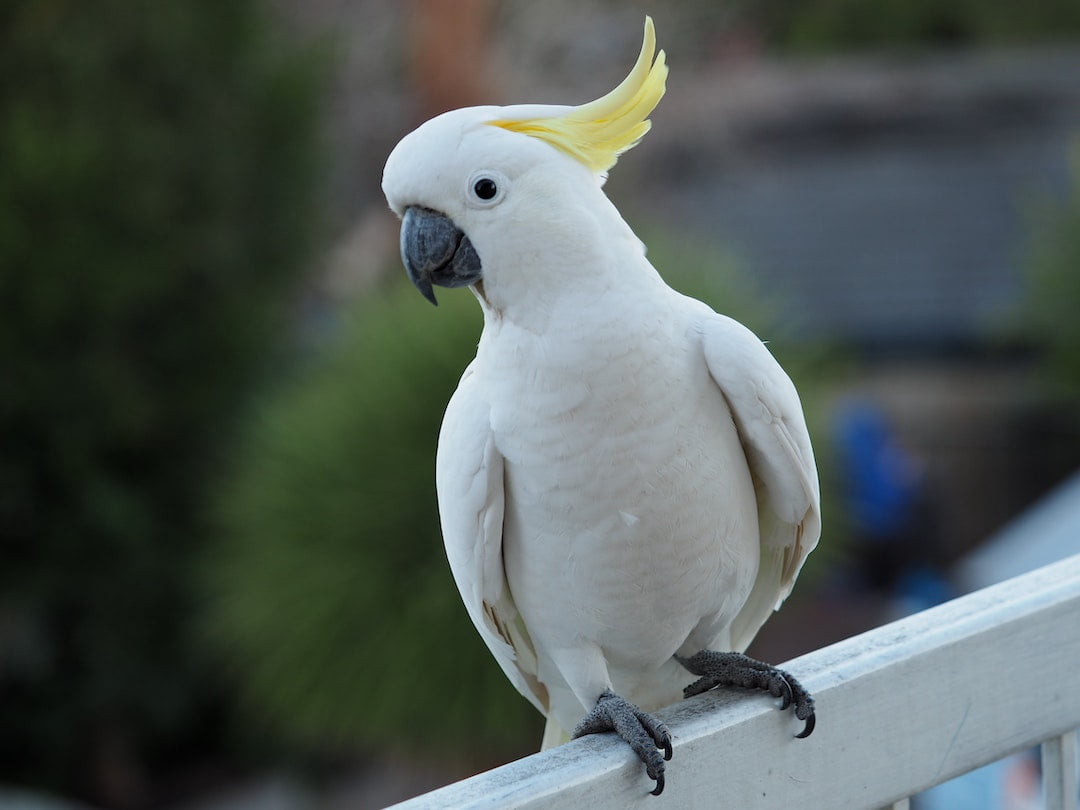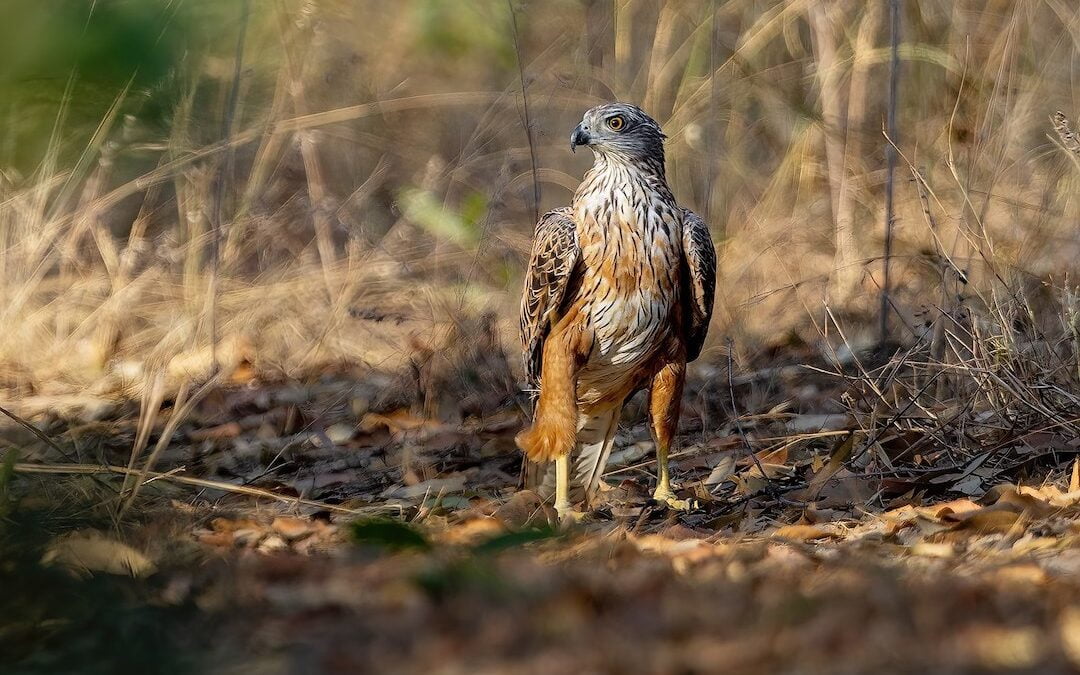Australia’s Red Goshawk is now the country’s rarest bird of prey, and it’s at risk of complete extinction.
Concern for this beautiful bird was prompted after the first comprehensive population assessment, which utilised data collected between 1978 and 2020. Shockingly, it was revealed that the Red Goshawk has disappeared from over a third of its normal range, and is extinct in New South Wales and southern Queensland.
Experts are now calling for greater action to protect these magnificent animals and ensure their future as a species.

A male Red Goshawk in its natural habitat © JJ Harrison
History of hawks
Nearly half of Australia’s birds are found nowhere else on Earth, and the Red Goshawk is no exception. This predator is known for its yellow feet and massive talons. It is built for speed, mostly preying on other birds including lorikeets, Currawong and Cockatoos.
The female hawks are twice the size of males, yet both are capable hunters. To survive, these birds need large areas of woodlands with plenty of prey. Typically, this was found on Australia’s eastern and northern coast, but recently there have been less and less sightings. Now, northern Australia is the only place where the species remains.
In fact, in 2012, the Australian Wildlife Conservancy estimated a total of 700 breeding pairs. However recent evidence suggests the current population size is significantly lower. The Red Goshawks are going extinct, and scientists are doing their best to understand why.

Population problems
The Red Goshawk has been reported extinct in much of its range, due to factors such as the destruction of habitat and land clearing.
While the hawk resides in large bushland areas, logging and bushfires have reduced the availability of their terrain, as well as access to food sources. Between 2000 and 2015 alone, over 15,000 hectares of goshawk land was cleared.
However, scientists are struggling to explain why the Red Goshawk has disappeared from areas where the land is still abundant, such as Shoalwater Bay. Further research into disease threats and breeding habitats is being undertaken in an effort to provide insight, but many are scared it may not be enough.

A female Red Goshawk © JJ Harrison
Next steps
In order to protect this native species, experts are arguing that the Red Goshawk needs to be listed as an endangered species. Currently, it remains on the vulnerable species list, yet a classification of endangered would encourage significant conservation action and hopefully protect the birds from further population loss.
Northern Australia is the world’s largest intact tropical savanna, and is now the only place where Red Goshawk sightings are being recorded. To secure the long-term survival of this bird, lands such as national parks and protected areas need to be maintained. Researchers are pushing for tougher assessment of developments that would require land clearing, and national protections for Australia’s rarest bird of prey.
It remains to be seen whether these efforts will protect the Red Goshawk, but experts are hopeful that stronger conservation measures can make the difference for this native wonder.
To learn about other Australian animals at risk of extinction, click here.

